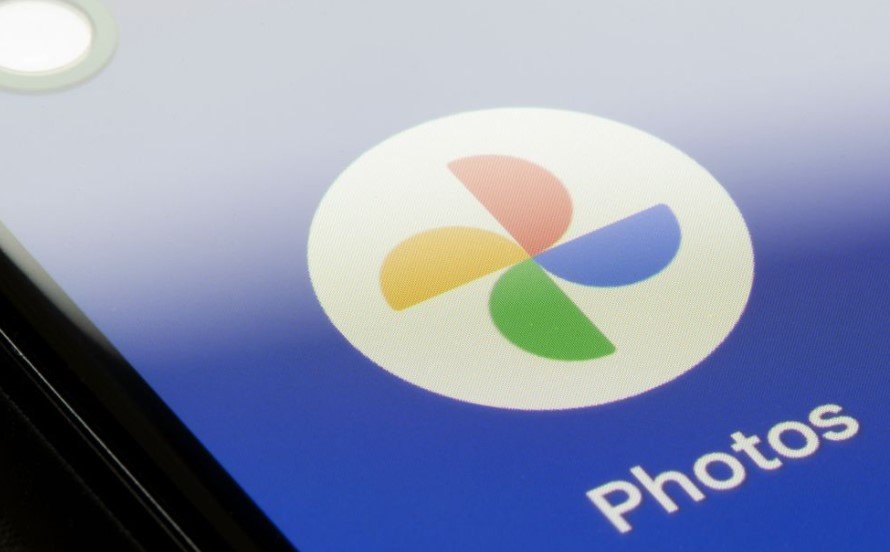Google is testing a comeback for its “More Like This” feature in Google Photos, which helps users find visually similar images with ease. This update, spotted in hidden code, could roll out soon and make organizing photo libraries much faster, based on recent reports from tech experts.
What the New Feature Offers
The “More Like This” option appears in the app’s menu when viewing a photo. Users tap it to see a grid of similar images ranked by how closely they match the original.
This tool uses advanced tech to scan your library and pull up pictures that look alike, even if they are not exact copies. For example, if you select a photo of a smartphone, it might show other device shots or related screenshots.
Early tests show it works on photos but not videos yet. That could change as Google refines it.
Experts say this will cut down time spent scrolling through thousands of images. Many users have large collections, and finding matches manually is a hassle.

History of the Feature and Why It Matters
Google Photos once had a version of “More Like This” years ago, but the company removed it without warning. Users on social platforms complained about the loss, as it was a quick way to group similar shots.
Now, hidden code in the latest app version hints at its return. Tech sites report this aligns with Google’s push for better storage tools and AI-driven organization.
In today’s world, where people take hundreds of photos daily, features like this help manage space on devices and in the cloud. Google has been adding AI edits, like magic eraser, to keep users engaged.
The revival comes at a time when photo apps face stiff competition. Rivals offer strong search tools, so Google needs to step up.
Here are key benefits users might see:
- Faster cleanup of duplicate or similar photos
- Easier way to create albums from related images
- Less need for manual searches or keywords
How It Works in Tests
Screenshots from beta tests show the feature in action. One example uses a picture of an electricity meter, and the app pulls up other meter shots sorted by similarity.
Another test with a smartphone photo ranks results, though some are off, like mixing in screenshots. Scores appear as zero now, but that is likely a bug in early builds.
The system seems powered by AI models that run on your device. This means it might work offline, keeping your photos private without sending them to servers.
Google has not confirmed a release date, but code suggests it is close. Beta users could see it first.
| Test Example | Original Photo | Top Similar Results | Notes |
|---|---|---|---|
| Electricity Meter | Close-up of a home meter | Other meters in various angles | Ranked by visual match, scores pending fix |
| Smartphone | Person holding a phone | Phone photos and screenshots | Some mismatches, expected in beta |
| Landscape | Mountain view | Similar outdoor scenes | Helps group travel photos |
Potential Impact on Users
This feature could change how people handle their photo collections. With billions of users, Google Photos is a go-to app for backups and sharing.
Imagine sorting vacation pics without endless scrolling. Or quickly finding all shots of your pet from different days.
It ties into broader trends, like AI helping with everyday tasks. Recent Google updates, such as year-in-review recaps, show a focus on making memories easier to relive.
However, some worry about accuracy. If the AI gets it wrong, it might frustrate users. Google will need to fine-tune it based on feedback.
Competition and Future Updates
Other apps already have visual search tools. For instance, some alternatives let you find images by color or object.
Google’s move might pressure competitors to improve. It also fits with features like multisearch in Google Lens, which combines images and text for better results.
Looking ahead, experts predict more AI integrations in 2025. This could include video support or smarter grouping.
Users hope for options to customize similarity levels, like focusing on faces or locations.
Why This Update Excites Tech Fans
The return sparks excitement because it fills a gap left three years ago. Social media buzz shows people eager for better tools.
In a fast-paced digital world, small improvements like this add up. They save time and reduce frustration.
Google often tests features quietly before wide release. Keep an eye on app updates for the official launch.
What do you think about this feature? Share your thoughts in the comments and spread the word to fellow Google Photos users.








